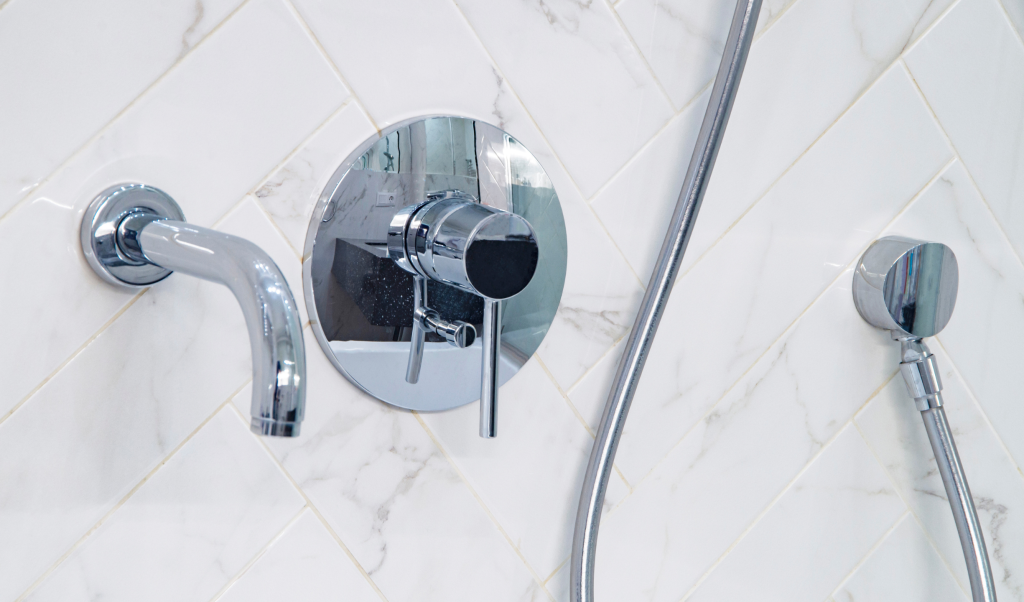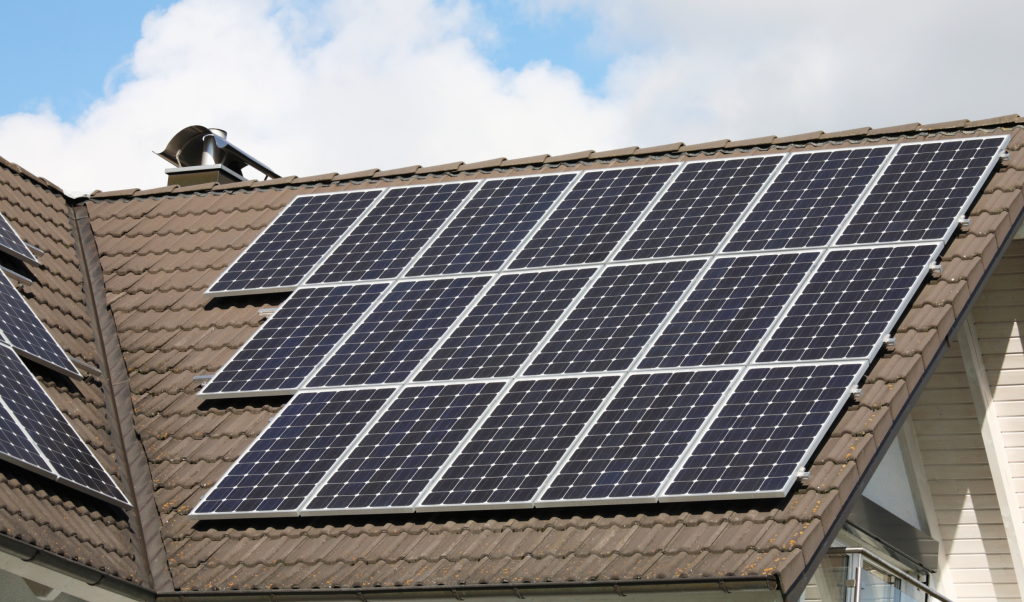Installing a solar PV system is a big decision for many homemakers, and the process can bring up lots of questions! With so many different options to choose from – an in-roof vs on-roof system, battery vs hot water diverter, how many panels to get… It’s no wonder many people come to First Class Solar already confused. We aim to answer your questions in a way that not only makes solar a sound financial choice but also helps you gain a deeper understanding of how it works. In this blog post, we answer some of the most common questions we get asked about domestic solar.
How many panels do I need?
This is an incredibly important question to ask every homeowner and their electric usage. Our team will work with you to gauge your average electricity spend per month/quarter, which is the baseline for assessing how many panels you’ll need for your home. Sometimes knowing your exact electric spend off the top of your head can be tricky, and in some cases, we may ask other questions such as the number of people in the house (more people usually means higher electric usage/spend), and how often the three heavy domestic appliances (dishwasher, washing machine and tumble drier) are used. We also ask about high-usage items such as electric vehicles, hot tubs or saunas.
Depending on your answers, the First Class Solar team then designs a personalised system to try and cover as much of your electric usage as possible.
What is the maximum amount of panels I can get?
There are a few parts to this question but for First Class Solar, as Duracell Energy Approved Installers in Northern Ireland, the quick answer is 20 domestic-sized panels. (Of course, that’s if your roof has enough space for all 20!)
Each and every solar PV system must have two major components to work – the panels and the inverter. Now, Northern Ireland Electricity (NIE) has a limit for the inverter size relating to your phase – the vast majority of homes are what we call “single phase power.” The maximum for single phase is 3.68kWh. In rare cases, some homes are three-phase which means the limit is three times that, at 11.04kWh.
So, for a standard home, we would be using a 3.6kW inverter. Your inverter basically dictates how many panels can be safely fit on your roof – your maximum PV power, also known as the DC input limit. As Duracell Energy Approved Installers, the new Dura-i inverter has a 9kW DC input maximum. As long as the number and wattage of panels equates to 9kW or less, that is the maximum we can safely install on your roof. Using our current domestic panel wattage of 440W, that equals a whopping 20 panels!

Will the solar panels heat my water?
For solar panels to heat the water in your home, you will need an extra device, a hot water diverter, for this First Class Solar uses the MyEnergi Eddi. You will need a working immersion and a hot water tank for us to install the Eddi. For an extra £500, we can fit this device to allow you to make the most out of your solar PV system.
Your solar panels produce electricity, which is sent to your home. Once your home electric usage is covered (your home will constantly have standby usage – think about your fridge, plug points, lights), if there is any excess electricity, this is then sent to your Eddi device to heat your water. The Eddi does a fantastic job at producing hot water for between 6 and 8 months of the year. As the Eddi relies on excess electricity, many of our homes revert to their oil/gas heating during the winter months.

Do I need planning permission for solar panels?
In many cases, no you don’t need planning permission for solar panels – there are special circumstances however! If your home lies within a conservation area, or an area of outstanding natural beauty, you may need planning permission. You also need planning permission to put a PV system on a listed building and for certain sizes of ground-mounted systems. Each council has slightly different rules regarding this, and we would advise seeking your local council’s expertise.
Does solar still work in the winter in Northern Ireland?
The quick answer is yes! Of course, the winter days are shorter and darker, which means production is reduced. However, your solar PV system will still work on these days and in many cases, will cover your home’s standby usage. Your home is still connected to the grid, and so during periods of poor production, you can always draw electricity from the main grid to ensure you are never left without.
This is why many homes will choose to maximise the number of panels they put on their roof – meaning that during the winter months, with more panels working to output electricity, overall production is usually increased.
How long does the installation process take?
For a straightforward domestic installation, the installation process is completed within one day. Our skilled roofing team usually starts off the day by measuring your roof and putting the panels up in the agreed design, to maximise production and ensure correct fit. Our experienced electricians then ensure that your system is properly wired and commissioned, running several tests to make sure that by the time they leave, your system is working from day one!
More complex installations can be done in stages, for example, a new-build home wanting in-built panels will be done in two parts – firstly, the panels would be put on before the roof is tiled/slated. Secondly, once the electricity connection and set-up is completed within the home, we can then wire up the electrical parts of the system.

Getting solar can be a confusing process, with so many options to choose from and differing advice everywhere you turn. The team at First Class Solar use their years of experience in the solar industry, along with our highly skilled roofing and electrical teams to provide top-quality advice from the very beginning of your search for solar. If we haven’t answered your question here, we welcome you to give us a call on 02896005042 or send us an email at info@firstclasssolar.co.uk – we are happy to help!

